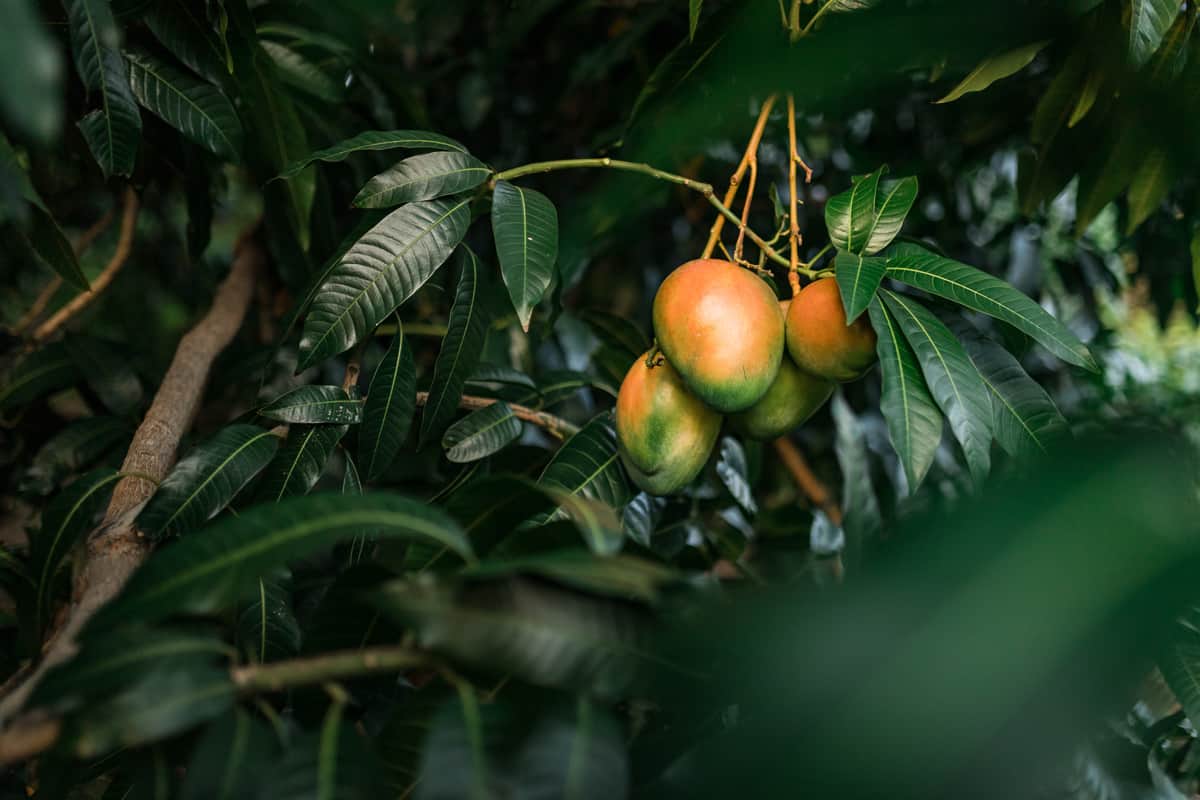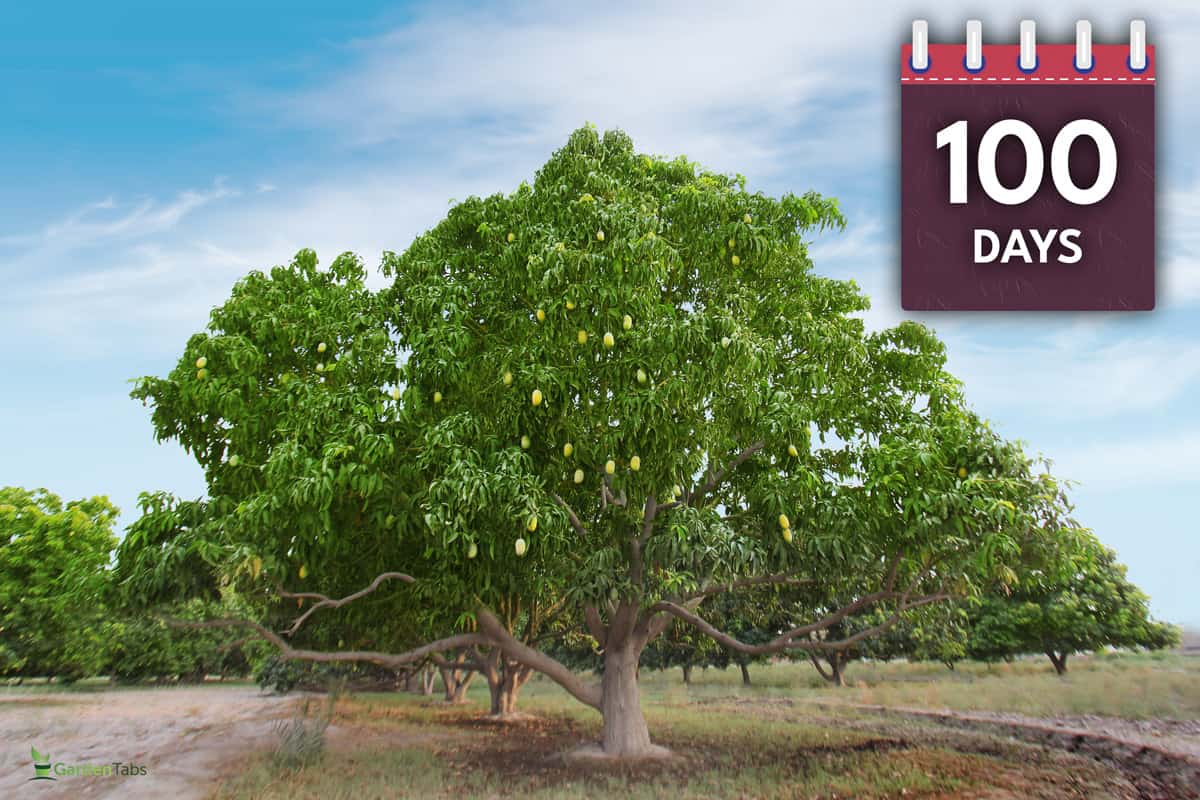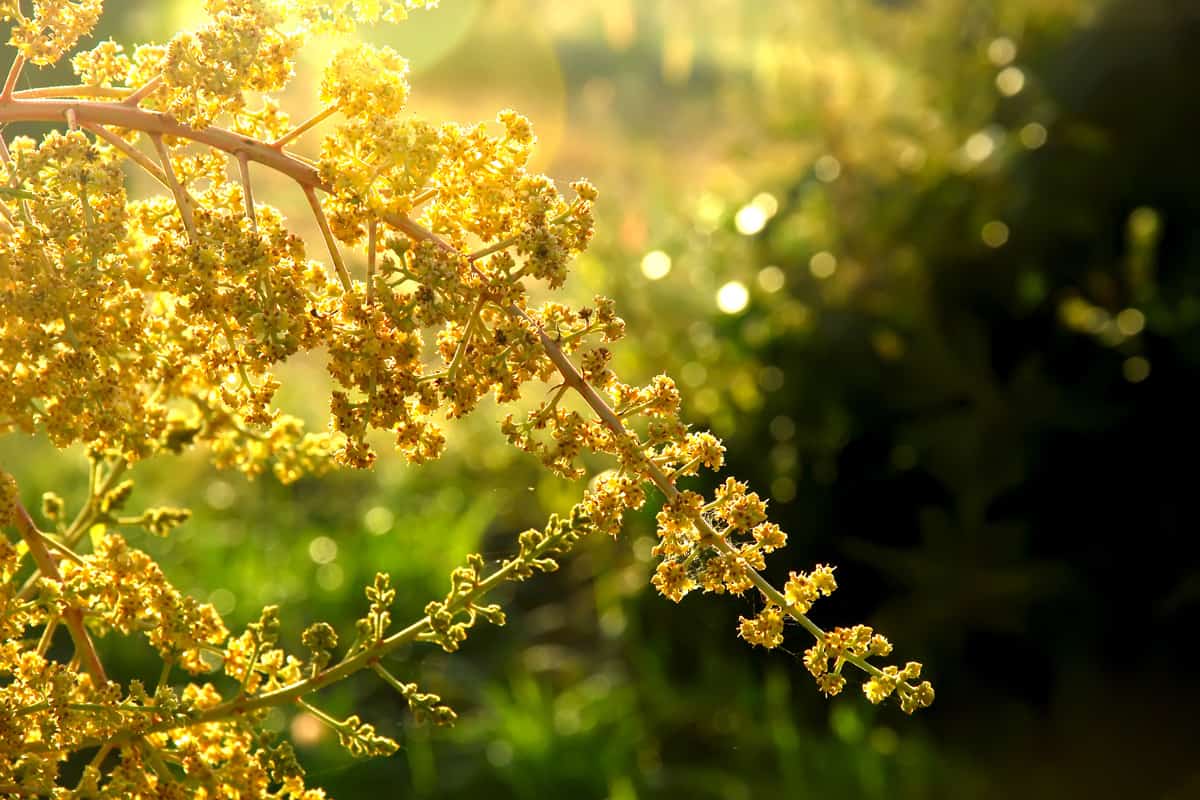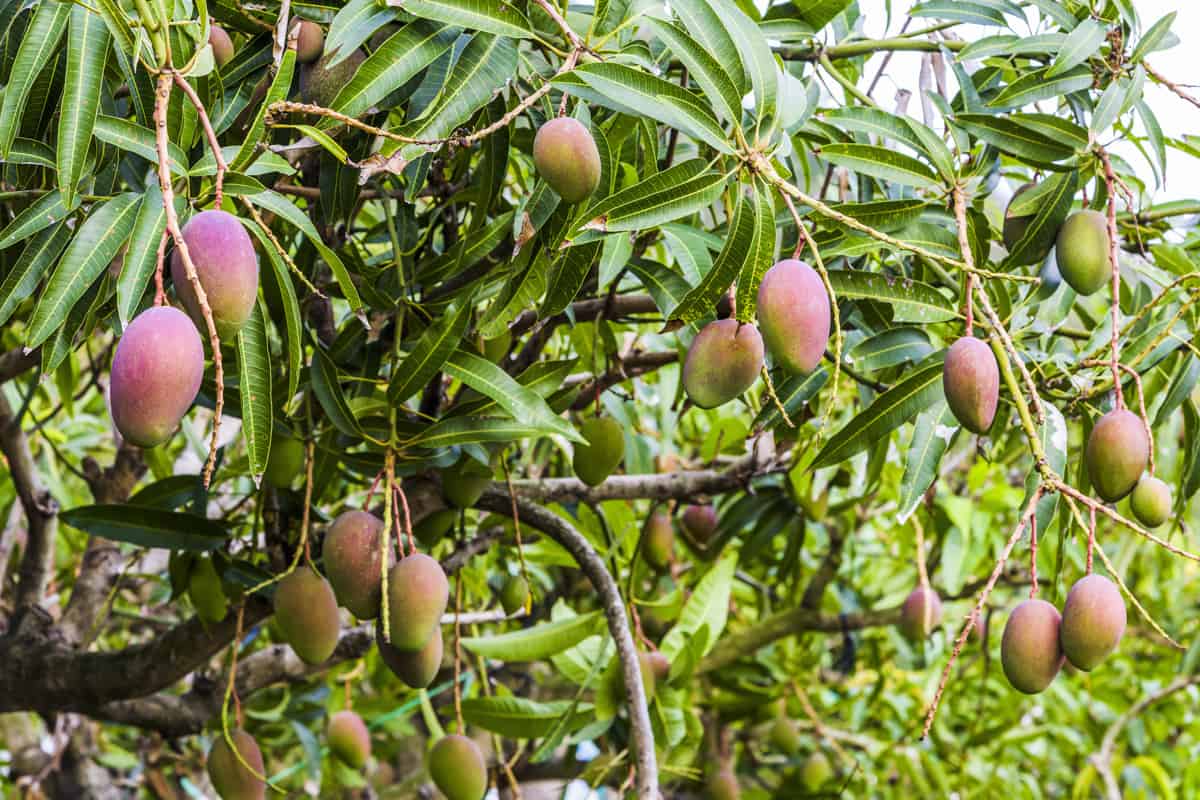Mango trees in a garden or orchard flourish through pollination. How much you need to keep track of this process depends on whether mango trees are self-pollinating. To help answer this question, we have done the research for you and laid everything out in this post.
Yes, mango trees are self-pollinating. This means that you can have mango flowers and fruit with just one tree. You must have the proper conditions for self-pollination to happen, especially if you face issues with self-sterility or self-incompatibility.
Though most mango tree species are self-pollinating, you can take things up a notch through cross-pollination and other methods. But what are you to do if your tree does not flower or grow fruit? These will be discussed in further detail in the next sections. Keep on reading to learn more!
Does Self-Pollination Occur In Mangos?
Self-pollination occurs within a mango tree and possibly even within a single mango flower. In most cases, a mango tree can grow hermaphrodite flowers. These are also called perfect flowers, as they have both male and female parts, enabling self-pollination.
Mango trees also produce staminate flowers. These are unisex flowers that only have stamens or the male part of the flower. The stamen is the pollen-producing part of the flower. Though mangoes trees are self-pollinating, there are no risks of inbreeding as plants have developed a gene to avoid this issue.
For flowers that self-pollinate, the pollen simply has to land on its stigma. The wind is vital in promoting this, as it increases the chance for pollen to settle into the female part of a flower. Staminate flowers do not have female parts, so pollen from these will have to transfer into a nearby flower that does.
Can You Cross Pollinate A Mango Tree?

All flowers on a single mango tree are considered self-pollinating, or selfers. They become cross-pollinating, or outcrosses, once pollen transfers to a flower on another tree. This means that mango trees can also be cross-pollinated.
Considering how most species of mango trees produce perfect flowers, cross-pollination is likely to happen between mango trees nearby. This also improves the chances for your trees to produce fruit.
How Do You Pollinate A Mango Tree?

Mango trees will pollinate themselves with enough wind. The presence of pollinators like bees, butterflies, and birds will boost the chances for pollination even further. You do not have to manually pollinate mango trees most of the time, but doing so yourself can certainly help.
Once your mango tree has mature flowers, locate the male ones. Mango flowers are small and grow in clusters, so you will have to look closely. Once you locate the stamen, you can use your finger or a tool like a tweezer to pa pick up pollen and transfer it into a flower that has pistils.
Click here to see Pollinating Tool on Amazon
A better way to help mango trees pollinate, aside from doing it manually, is by boosting your local ecosystem. Turn your garden into a space that promotes healthy tree growth and is safe for pollinators.
How To Attract Pollinators
Attracting pollinators is one of the most important things you can do for your mango tree. Doing this requires a bit of work but yields long-term results that will help the ecosystem for decades to come. Note that it is easier to attract pollinators if your mango tree is native to your area.
Here are some ways that you can attract pollinators:
- Always have a rotation of different flowers in your garden
- Create resting spaces with food or sugar water
- Maintain bird baths
- Do not use pesticides or other chemicals (opt for natural alternatives)
Even if you only have mango trees (or just one), there are ways to make the environment welcoming to pollinators. Use any combination of methods and monitor your garden for your success.
Click here to see Insect Habitat on Amazon
When do Will Mango Trees start To Flower?

Flowers on a mango tree are a sign that it is fertile. Your tree will only be ready to bear fruit when it is between five to eight years old. With successful pollination, you can look forward to your tree producing fruit in the future. From flowering, your fruit will be ready to harvest in at least 100 days.
You can induce your mango tree to grow fruit by giving it enough care and nutrients. They prefer warmer climates and 8 hours of sunlight daily. Fertilize your mango tree with organic fertilizers. Blossoming occurs between December and April.
Remember, you can only grow mango trees in tropical climates. In the US, you can only succeed in caring for a mango tree in states like California and Florida. Since they start blossoming in December, mango trees will never survive winters and temperatures below 30 degrees Fahrenheit.
Why Won't My Mango Tree Flower?
There may be instances where your mango tree is not flowering despite the blooming season. Different factors can be the cause of this, including the following:
- The mango tree is not mature enough
- There is not enough sunlight
- There are not enough nutrients
- It is too cold
- Plant diseases
- Overwatering and overfertilizing
Observe your tree for any of these issues. Chances are you only have to expose the mango tree to more sunlight or cut back on watering and fertilizing. You can have too much of a good thing when it comes to plants. Overwatering leads to rot, while over-fertilizing harms soil microorganisms.
Signs of plant diseases that you need to look out for are withering, yellowing, or browning leaves, withering twigs and branches, rotting bark or roots, or strange growths. Spotting diseases early on makes a big difference between a dying tree and a salvageable one.
Try to reverse any damage to your mango tree as soon as possible. Once recovered, you can work on revitalizing your tree. Eventually, it should start growing flowers again. When in doubt, call a specialist to help you. Arborists are exceptionally knowledgeable about propagating and treating sick trees.
Do All Mango Trees Grow Fruit?

Mature, healthy, and flowering mango trees will grow fruit. Some varieties will skip a season and grow in alternate years. Others will fruit twice a year during the growing season. Fruiting is fully dependent on whether or not your mango tree grows flowers each season.
A lack of mango blossoms will prevent your mango tree from producing fruit. Should you find that your mature mango tree does not produce any fruit, then you have to address any issues that prevent it from growing flowers in the first place.
If your mango tree grows flowers but does not bear fruit, then there are issues with pollination. Some mango trees will grow mostly staminate flowers. If this is the case, lack of pollination will severely impact the chances for your tree to produce fruit.
Whenever your mango tree starts to bloom, focus on getting the flowers pollinated. This is vital not only for fruiting but for developing new mango trees as well. You can potentially germinate the seeds of ripe fruit in a tree nursery and breed mango trees.
Can Mango Trees Reproduce Asexually?

Sexual reproduction in mango trees refers to when they are pollinated or propagated from seed. This is the traditional way trees flourish and can occur in a natural ecosystem without human intervention. The only downside of sexual reproduction for trees is that it can take much longer to bear fruit.
To reproduce mango trees asexually, processes such as grafting are involved. Grafting mango trees can speed up the fruiting process between trees. Another purpose of grafting includes repairing injured trees. Grafting also promotes variety between trees and boosts their health when done right.
You can ensure success in this method by maintaining the right environment. For mango trees, this is ideally a warm and humid climate. Thus, the best time of year for grafting is during the warmest months. In USDA Hardiness Zones 9 through 11, it would be between January to April.
Wrapping Things Up
Most mango trees are self-pollinating. They can also benefit from cross-pollination between other trees and even through asexual means of reproduction such as grafting. You can promote flowering and eventually fruiting by pollinating your mango tree each blooming season. Pollination can be done artificially or with the help of pollinators.
In general, it is good practice to maintain the health of your mango tree and the surrounding garden to yield good results. Should you encounter any issues with your tree, such as diseases, work on curing them immediately.
Mango trees grow well in tropical climates and will only survive in warmer regions of the US. Avoid exposing your tree to the cold, as this can kill your tree. If you are at a loss, do not hesitate to contact a professional arborist.
Did you find this post helpful? If you did, check out our other article before you go!


